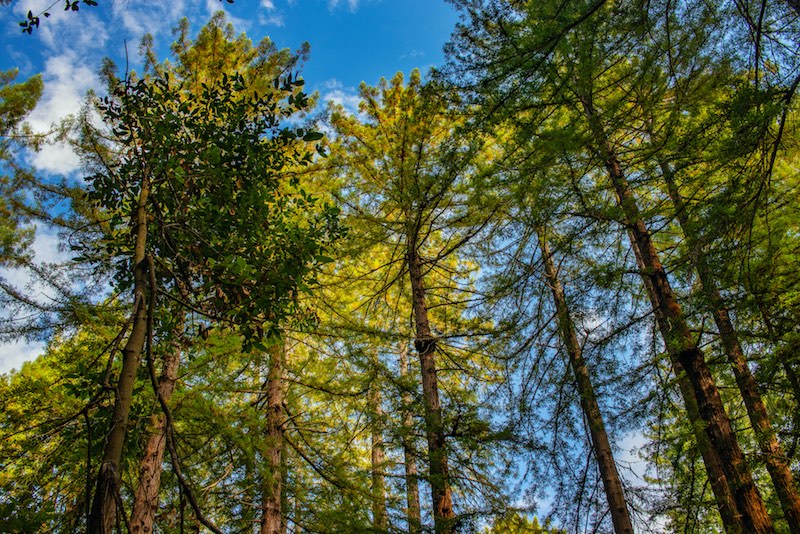 Researchers from Berkeley Lab and 20 other institutions have found that land use and atmospheric changes are altering forest structure around the world, resulting in fewer of the mature trees that are better at storing carbon dioxide from the atmosphere.
Researchers from Berkeley Lab and 20 other institutions have found that land use and atmospheric changes are altering forest structure around the world, resulting in fewer of the mature trees that are better at storing carbon dioxide from the atmosphere.
The scientists evaluated data and observations from more than 160 previous studies designed to capture how interactions between forest vegetation, climate changes, and disturbance such as drought provoke ecosystem responses including increased tree mortality and decreased forest age. Results of their work, led by researchers at the Pacific Northwest National Laboratory, were published recently in the journal Science.
“This change in forests from old to young is something to be concerned about,” said Lara Kueppers, Berkeley Lab faculty scientist, co-author of the paper, and co-investigator involved in the DOE’s Next-Generation Ecosystem Experiments – Tropics (NGEE-Tropics) project. “In younger forests, there are, on average, fewer large trees. The lack of large trees tends to drive down the carbon stored in biomass, whereas to address climate change we want forests to hold on to as much carbon as possible.”
Kueppers, who led a 2018 DOE workshop which prompted this review paper, contributed to the study by evaluating the ability of forests to regenerate and recruit new trees following natural disturbance, such as wildfire and drought, and chronic climate change. The researchers conclude that the observed trends provide a critical test for Earth System Models designed to simulate changing forest dynamics.
Read Pacific Northwest National Laboratory’s news release about this paper here.